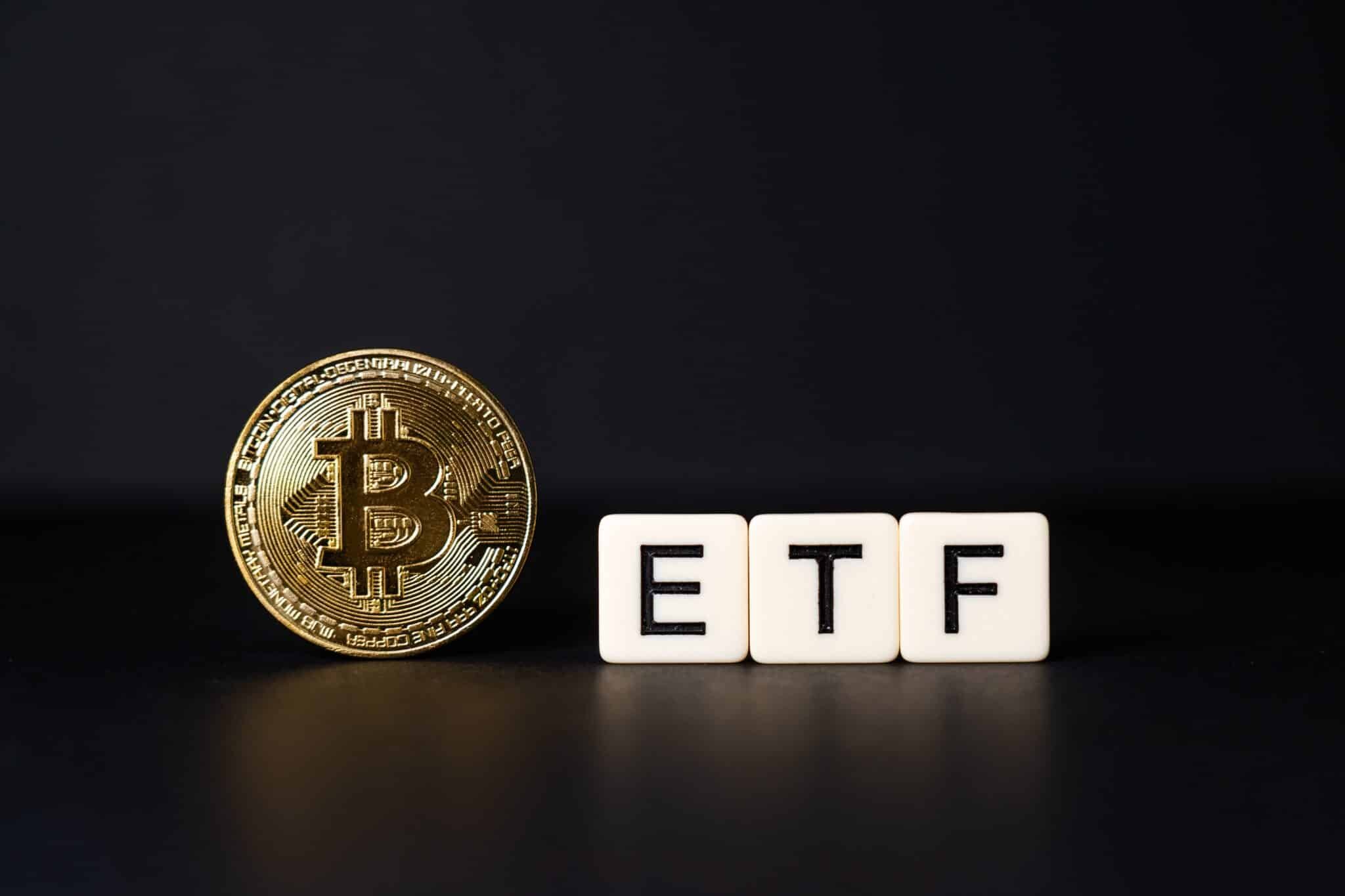The market for cryptocurrencies has seen notable swings as of February 19, 2025 Bitcoin even dropped momentarily below the $95,000 level. Bitcoin exchange-traded funds (ETFs) have been especially affected by this downturn, which has resulted in large outflows from these funds. The reasons behind the outflows from Bitcoin ETFs, the wider consequences on the market, and what this implies for future cryptocurrency investments are investigated in this paper.
Bitcoin’s Price Movement ETF Impact
Bitcoin fell below $95,000 on February 18, 2025. The price drop was notable after rapid appreciation. Large outflows hit Bitcoin ETFs. Bitcoin ETFs lost $56.76 million on February 18, tracking the $186.28 million loss the day before. Market uncertainty about regulatory developments and inflation lowered prices.The price drop of Bitcoin has scared investors, who have cut their exposure. These sentiment shifts have affected Bitcoin ETFs, which let institutional and retail investors invest in Bitcoin without holding it. Investors are reassessing their positions and withdrawing funds because Bitcoin is below key price levels.
Drivers of Bitcoin ETF Outflows
Several factors cause Bitcoin ETF outflows. Unsteady cryptocurrency powers it. Fearing Bitcoin’s price fluctuations, investors seek safer investments. Low-risk investors sell Bitcoin below $95,000 U.S. regulatory uncertainty impacts outflows. Speculation suggests a US government Strategic Bitcoin Reserve. As this initiative’s chances of approval.Decrease, investors become more cautious, hurting Bitcoin ETF performance. Inflation and economic worries boost Treasury bond demand. Investors are buying government-backed securities, which have higher interest rates and better returns because U.S. inflation has exceeded expectations. Aversion to risky assets drives Bitcoin ETF outflows.
Stable Bitcoin ETFs Gain Amid Volatility
Despite the general downward trend, there have been withdrawals from certain Bitcoin ETFs. Some Bitcoin ETFs were spared from the storm. On a day when other Bitcoin ETFs saw losses, BlackRock’s iShares Bitcoin Trust (IBIT) saw a gain of $106 million. This implies that funds can withstand market volatility if they have more stable investors.

Better management, or lower fees. Depending on the Bitcoin ETF strategy or exposure, investor sentiment varies. While actively managed or structured funds may have more consistent capital flows, passive or less transparent funds may make abrupt capital withdrawals during periods of market uncertainty.
Bitcoin ETF Affects Market Sentiment
Trading and investor sentiment are affected by Bitcoin ETF outflows. Outflows of bitcoin indicate caution as institutional investors reassess risk-reward. Warnings may reduce Bitcoin demand and price. Second, falling Bitcoin ETF inflows may disrupt liquidity. Finally, investors face Bitcoin and cryptocurrency regulation uncertainty. Institutions leaving Bitcoin ETFs reduce investment.which could increase volatility and recovery difficulty. US and other major regulators’ cautious or restrictive stance on cryptocurrencies may lower market confidence and increase Bitcoin ETF outflows. Positive regulations may boost Bitcoin and fund investor confidence and capital.
Conclusion
Since Bitcoin ETFs dropped below $95,000, have seen outflows and investor caution. In addition to market volatility and investor uncertainty, these outflows show cryptocurrency market challenges. Bitcoin fluctuates, so investors are adjusting their exposure due to price and economic factors. Bitcoin ETFs like BlackRock’s IBIT can weather these fluctuations, but the market is cautious. The cryptocurrency market is changing, so investors must stay alert and adapt to traditional financial markets and digital assets.










